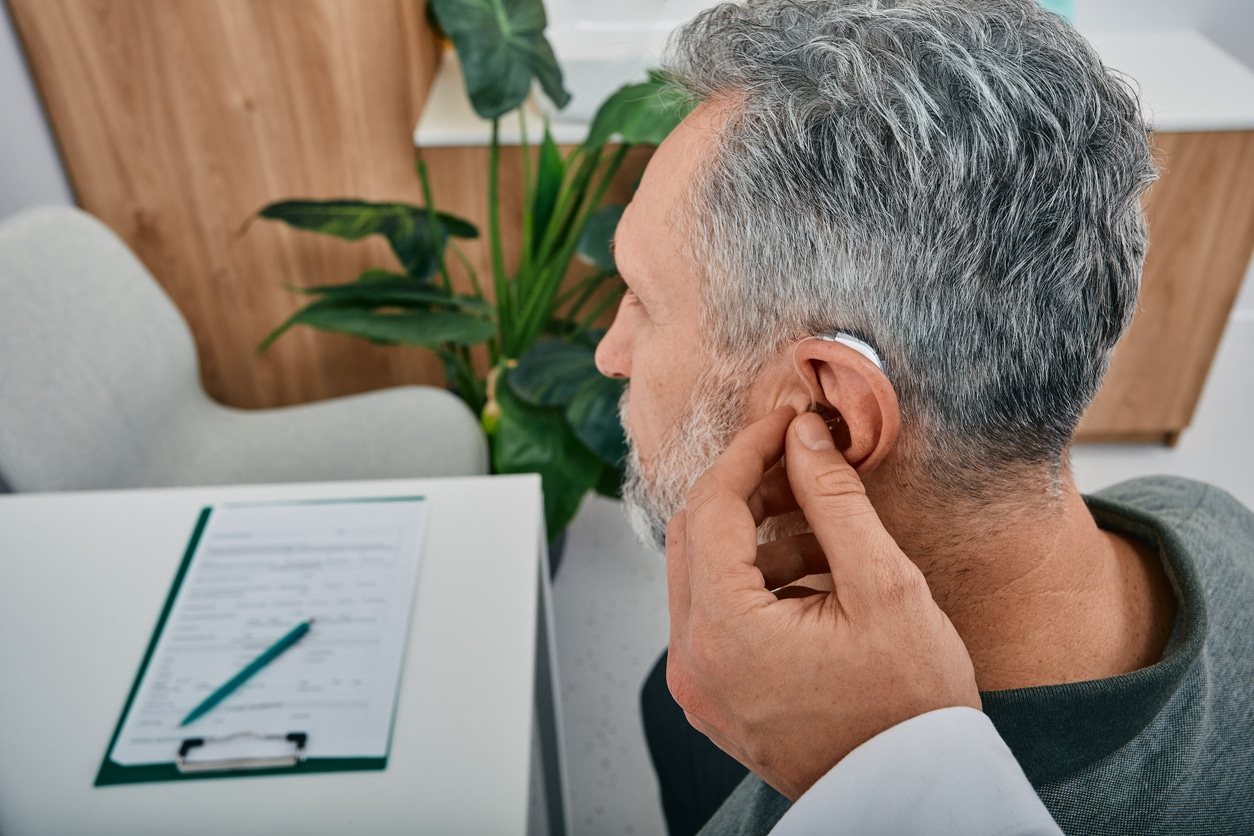In 2019, 7.1% of adults aged 45 and older used a hearing aid. Getting new hearing aids is an exciting new adventure. The small but technologically advanced devices amplify speech sounds and deposit them directly into the ear canal. They can also effectively minimize distracting background noise, manage tinnitus symptoms and improve balance. For every new set of hearing aids, there will be an acclimation period where they may feel uncomfortable.
While you can expect a degree of discomfort from your new devices, they should never be painful. Knowing the common causes of hearing aid discomfort and their solutions can help you differentiate between minor issues you can solve on your own and problems that require a specialist’s attention.
Three common causes of hearing aid discomfort include:
- Allergies
- Poor fit
- Incorrect placement
Let’s look at each of these a little more closely.
Discomfort From Allergies

Allergies to the materials of hearing aids are uncommon but can occur. If you are aware of any plastic, acrylic or metal allergies, make sure to inform your hearing aid specialist about them before choosing your new devices. Your specialist will be able to find a hearing aid that best suits your needs.
Discomfort From a Poor Fit
Custom-fit hearing aids are unlikely to be the wrong size or shape, but it can happen. In the following few days after a fitting, take notice of any points in your ear that feel uncomfortable or painful. Constant rubbing or pressure can indicate a poor fit and should be addressed immediately by a hearing aid specialist.
Discomfort From Incorrect Placement
A new pair of hearing aids, especially in-the-ear styles, may give you an uncomfortable feeling of fullness in the ear. Many people avoid this fullness by twisting or moving their device to a larger location, such as further out of the ear. While moving the devices may take away the feeling of fullness, it can put pressure on their new location, making the devices feel uncomfortable or even painful. Remember that your hearing aid needs to be in the correct location to work properly.
If you need a break during your acclimation period, remove your devices entirely rather than repositioning them. Try going for a walk around Aqueduct Park without your hearing aids to give your ears a chance to breathe. Put the devices back in when you’re feeling ready.
Remember that discomfort from allergies, poor fit and incorrect placement is normal, but your hearing aids should never hurt. If you’re experiencing pain, contact your hearing aid specialist right away.
For more information on acclimating to your new devices, contact Augusta – Aiken ENT & Allergy today to make an appointment with one of our hearing aid specialists.
